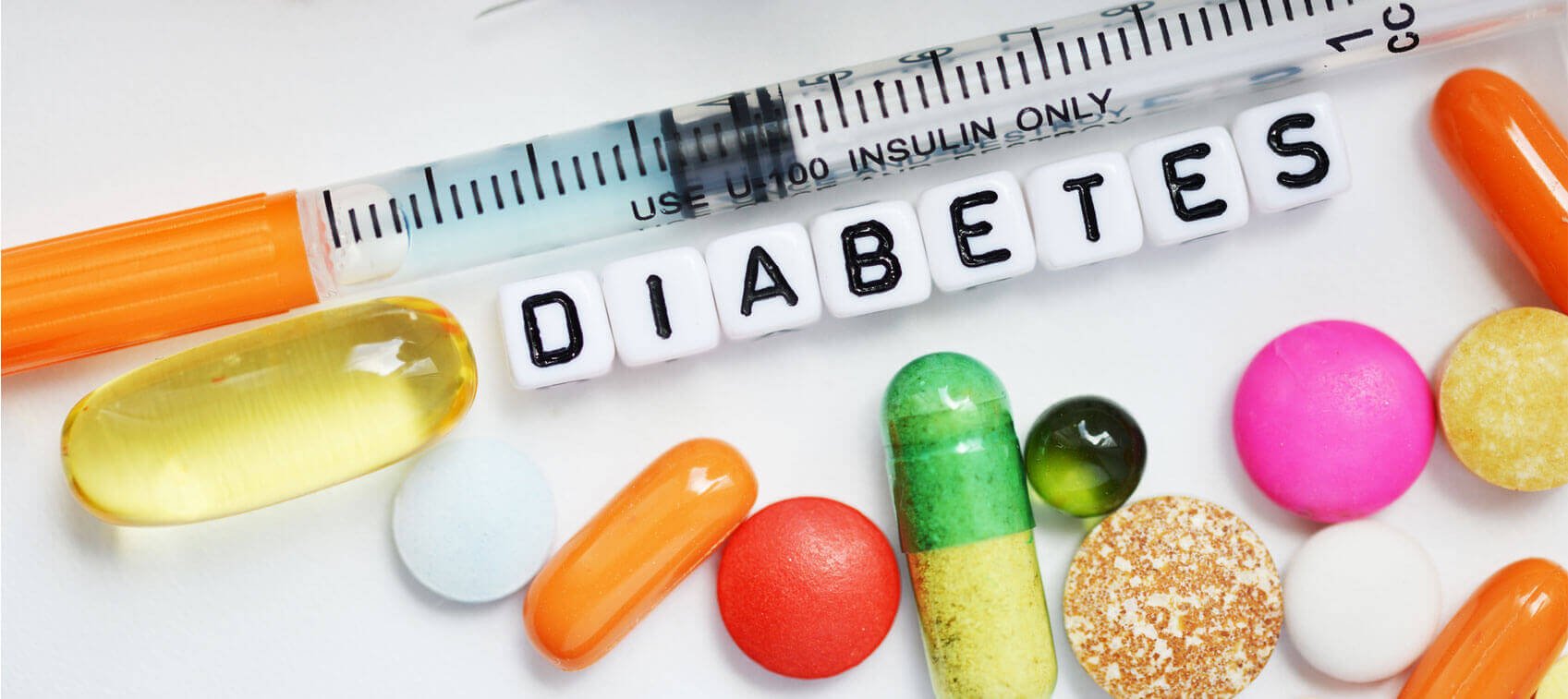
If you have diabetes and your blood sugar runs high in the morning, there are two things that could be at play: the dawn phenomenon or the Somogyi effect.
Both of these things are influenced by circadian rhythms, which are the predictable physiological and behavioral changes that occur over a 24-hour period. Synchronized with the earth’s rotation and light/dark cycles and governed by “biological clocks” in tissues throughout the body, these natural rhythms influence when you sleep and wake, your energy level and alertness over the course of a day, and the timing of eating and other activities.
On a more subtle level, circadian rhythms orchestrate variations in heart rate, blood pressure, metabolism, hormone release, body temperature, and other basic functions. For example, blood pressure peaks in the early morning, and the sleep hormone melatonin rises as darkness falls.
Natural Blood Sugar Cycles
Blood sugar levels have their own natural circadian rhythm. Your body doesn’t require as much energy when you’re asleep, so levels are relatively low during the night.
As morning approaches—usually between 3:00 and 8:00 a.m.—your liver begins releasing more glucose into the bloodstream in anticipation of your awakening. This signals the pancreas to produce insulin, which drives glucose into the cells and provides the energy needed to get on with your day.
Diabetes, unfortunately, often throws a wrench in the works, resulting in high morning blood sugar levels which can be due to the dawn phenomenon and/or the Somogyi effect.
What Is the Dawn Phenomenon?
If you have diabetes, you are either not producing enough insulin or your cells are resistant to insulin’s signals. Consequently, your body is unable to properly address this natural morning increase in blood sugar, and your numbers remain elevated. This is the crux of the dawn phenomenon, and it affects the majority of people with type 1 and type 2 diabetes.
Mild to moderate morning blood sugar elevations are likely go unnoticed. Exceptionally high levels, however, can cause nausea, weakness, extreme thirst, confusion, and other symptoms. Do not ignore these symptoms. They may be a warning sign of diabetic ketoacidosis, a serious condition that can lead to loss of consciousness, and even death.
While ketoacidosis is rare, less extreme chronic elevations in blood sugar increase your risk of vision loss, kidney failure, nerve damage, cardiovascular disease, and other diabetic complications. That’s why it’s important to be aware of the dawn phenomenon-diabetes link and take steps to minimize it.
Dawn Phenomenon Treatment
The best way to control the dawn phenomenon is to improve your overall diabetic condition, and that means adopting a natural diabetes treatment program:
- Avoid sugars, starches, and processed foods that drive up blood sugar. Eat more vegetables, high-quality protein, nuts and seeds, and healthy oils. Strict avoidance of carbohydrates before bedtime is particularly important for preventing early morning blood sugar spikes. If you need a snack, make it high in protein.
- Make daily physical activity a priority. Include three or four weekly sessions of weight training. Light activity in the evening such as walking after dinner is also helpful.
- Get serious about losing weight. Adequate weight loss can literally reverse type 2 diabetes.
- Take blood sugar supportive supplements. In addition to a daily multivitamin to enhance overall health and reduce the risk of diabetic complications, take berberine, chromium, and other supplements with proven blood sugar-lowering effects.
- If you are on insulin, talk to your doctor about taking it just before bedtime or using an insulin pump overnight, adjusted to boost the insulin dose in the morning to help counteract the rise in blood sugar. Other medication modifications may also be necessary.
What Is the Somogyi Effect?
The Somogyi effect, named after the Hungarian-American professor who first documented it in 1938, is also characterized by high morning blood sugar levels. However, it is not a natural phenomenon.
Much less common than the dawn phenomenon, the Somogyi effect occurs only in patients who are using insulin. Too much insulin at night—due to an excessive, poorly timed, or inappropriate insulin dose or by missed meals or snacks—drives blood sugar too low. To compensate for this, hormones that raise blood sugar are released, resulting in high morning readings.
That’s the theory anyway. There is considerable debate as to whether this effect is real or not—a growing number of researchers argue that there is scant scientific evidence supporting it. Nevertheless, many doctors still refer to the Somogyi effect.
Somogyi Effect vs. Dawn Phenomenon: Take This Test
If you are wondering which of these conditions is responsible for your morning blood sugar spikes, it’s most likely the dawn phenomenon. However, for those of you who are on insulin, these elevations could be drug related. The following test will give you a clue:
- For several days, test your blood sugar around 2:00–3:00 a.m. and again upon awakening.
- If your middle-of-the-night blood sugar levels are normal or high, you are experiencing the dawn phenomenon.
- If your nighttime readings are consistently low and your morning readings are high, let your doctor know. Whether your physician calls it the Somogyi effect, rebound hyperglycemia, or the dawn phenomenon, it is a sign that your insulin dose may need to be adjusted.
More Tips for Treating the Somogyi Effect & Dawn Phenomenon
A good offense, as discussed above, is your best defense against the dawn phenomenon/Somogyi effect. However, if morning spikes do occur, treatment is the same as for any acute elevation in blood sugar:
- Go for a walk. Exercise is a surprisingly effective means of lowering blood sugar.
- Drink a large glass of water. This increases urination and helps flush out excess glucose.
- If you are insulin-dependent, take insulin. Work with your doctor to determine precise dosing and timing.
- If your blood sugar is greater than 250 mg/dL or if you are experiencing symptoms of diabetic ketoacidosis as noted above, seek medical attention at once.


